MSRP (*Base Edition)
Battery EV | Sedan | 450KM
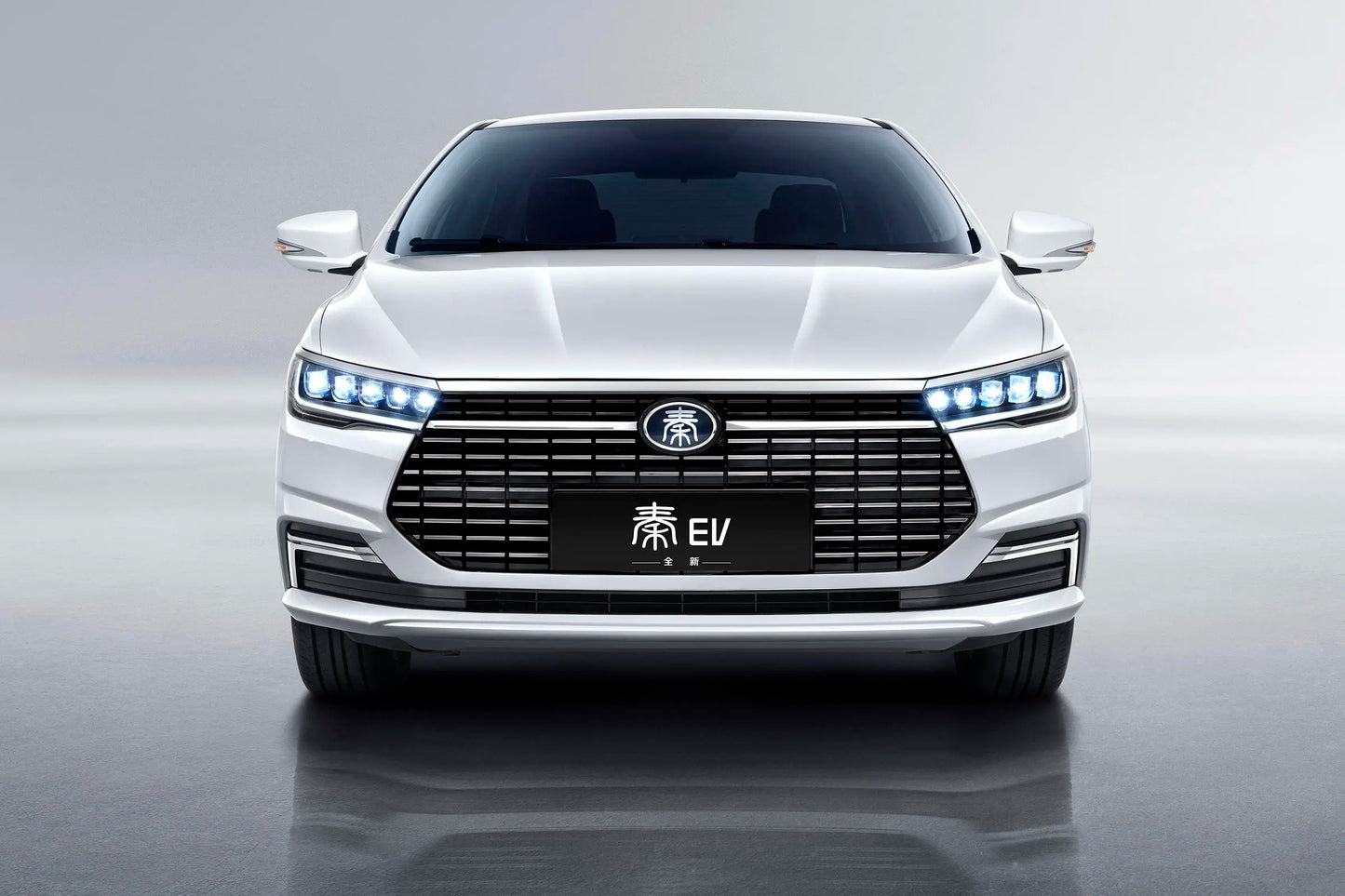
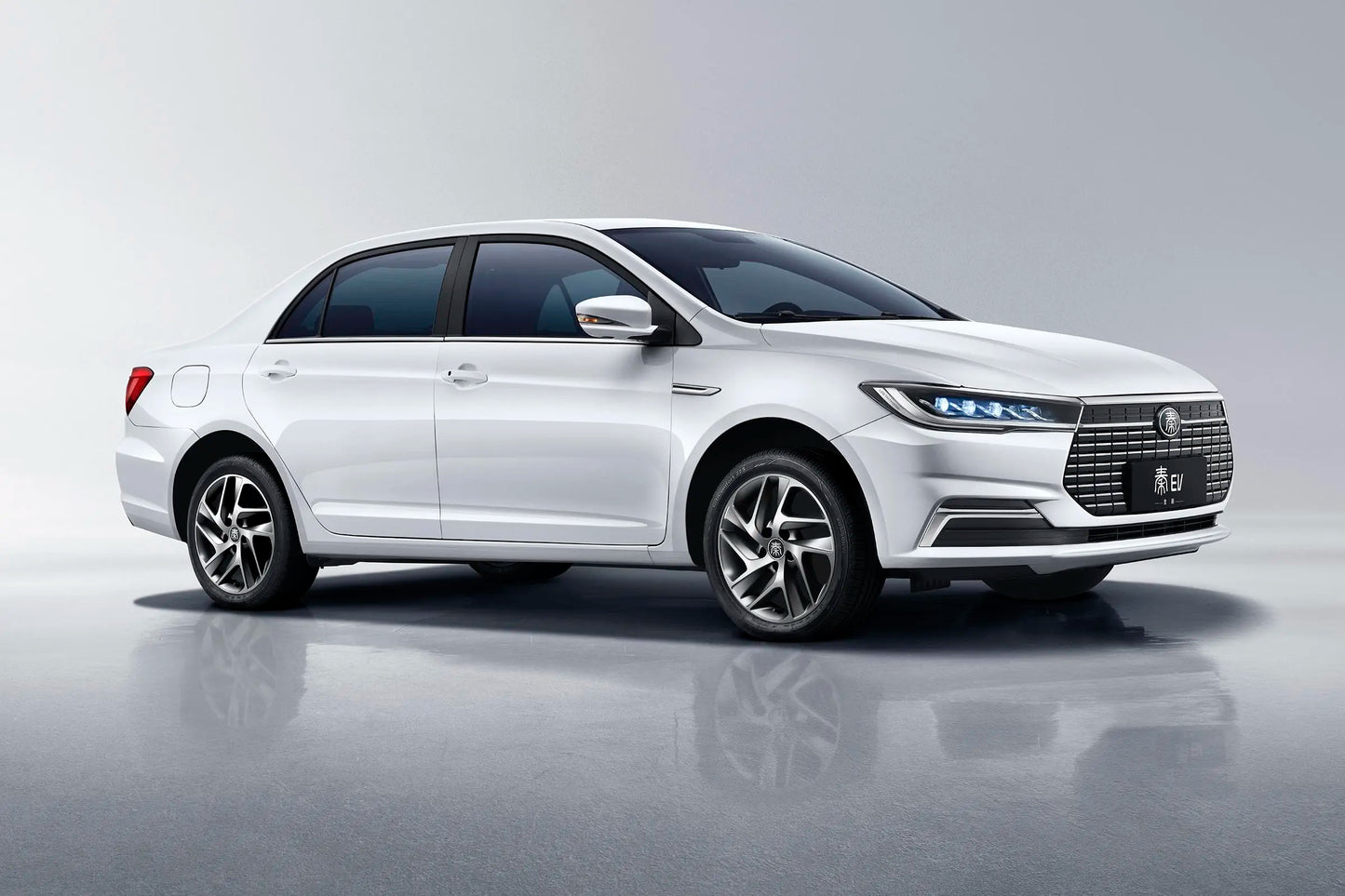
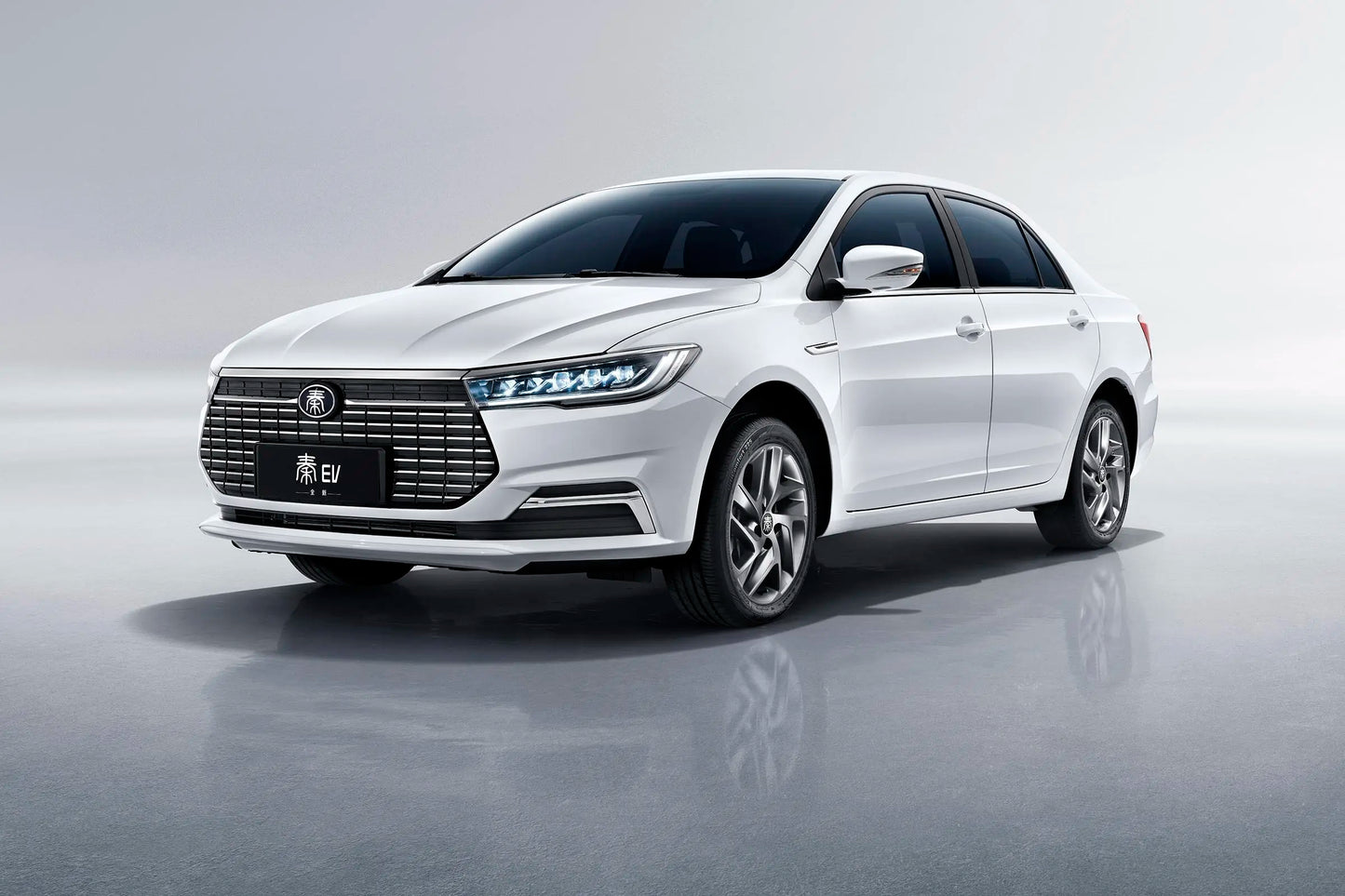
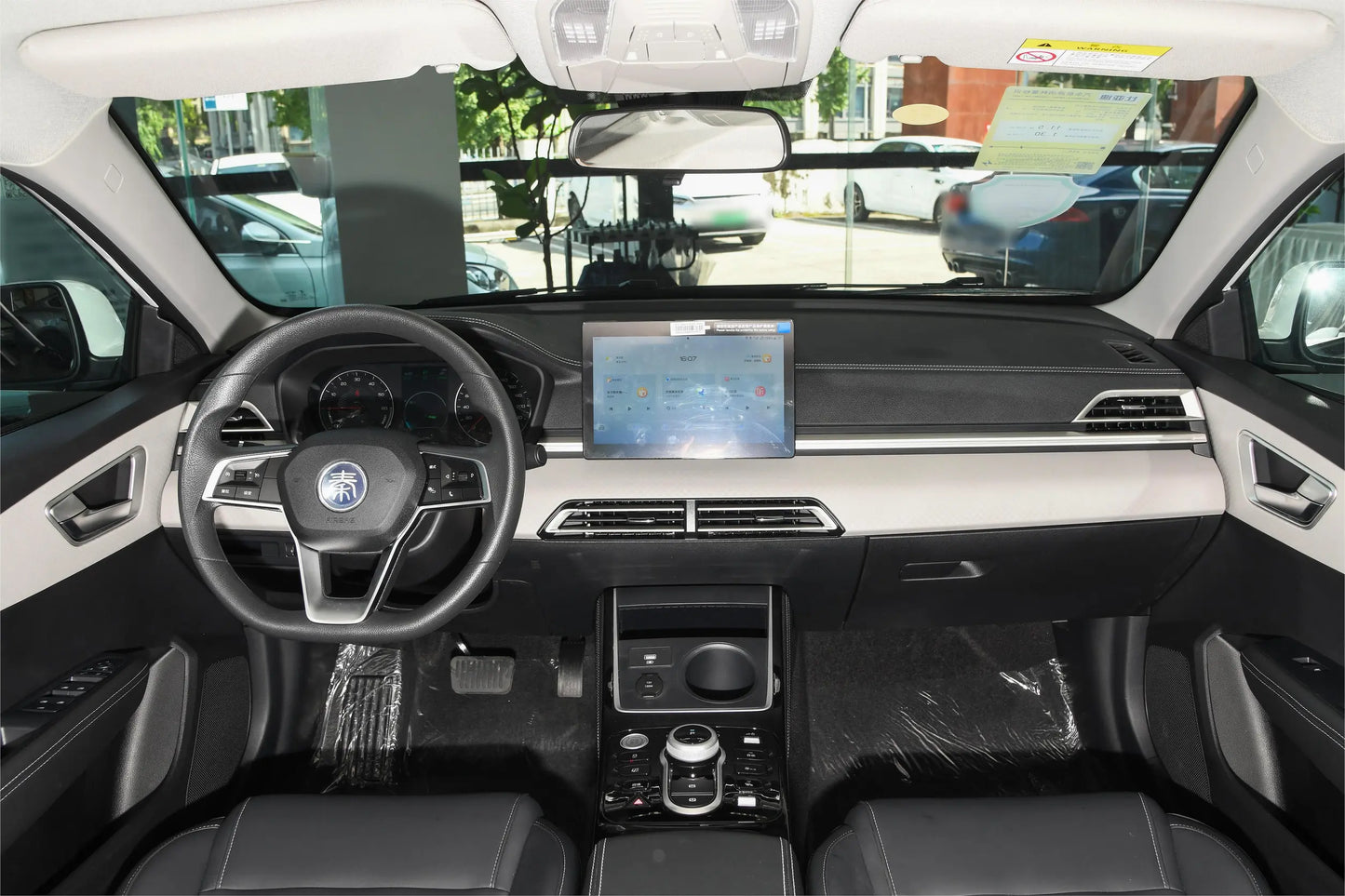
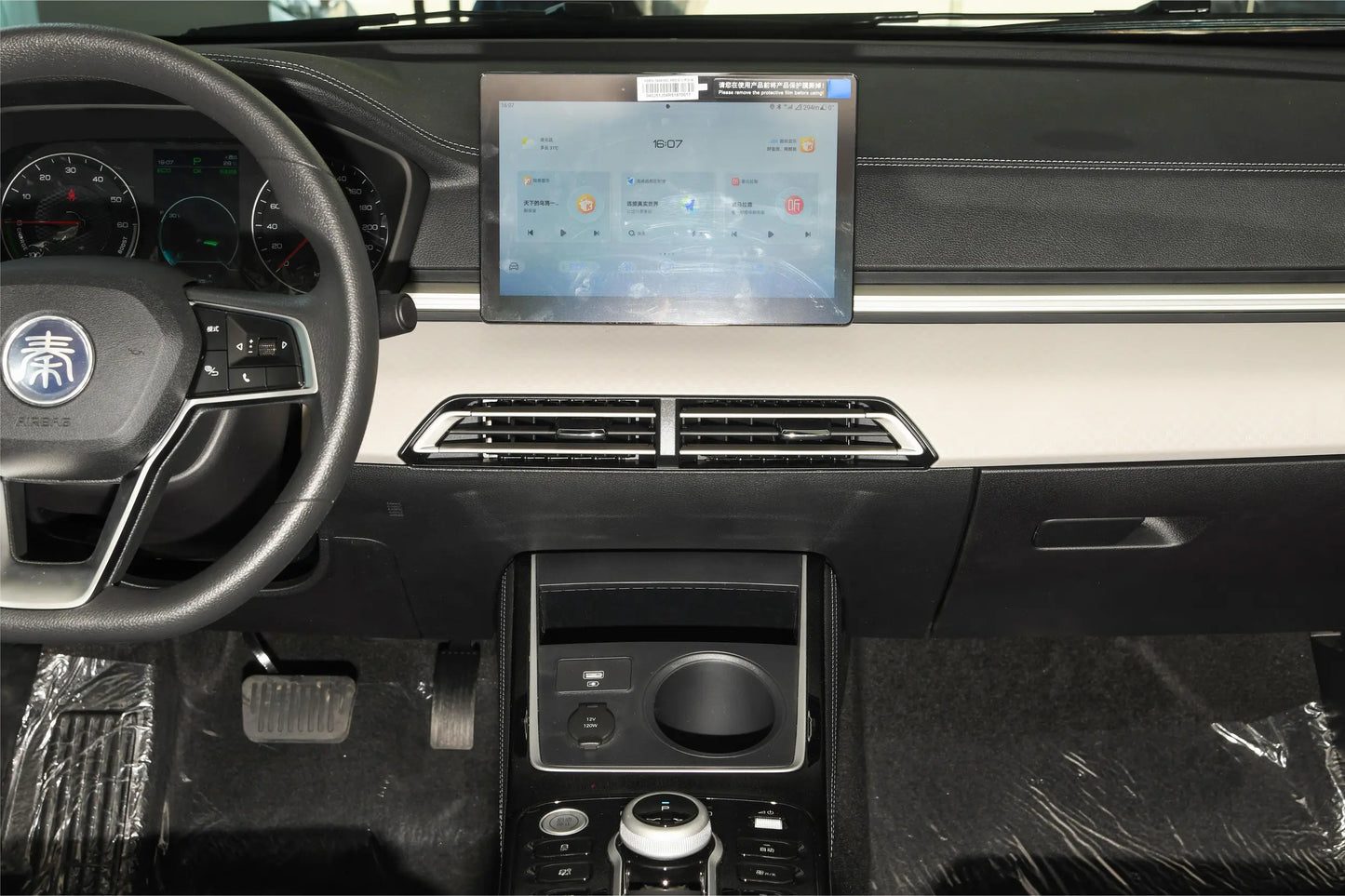
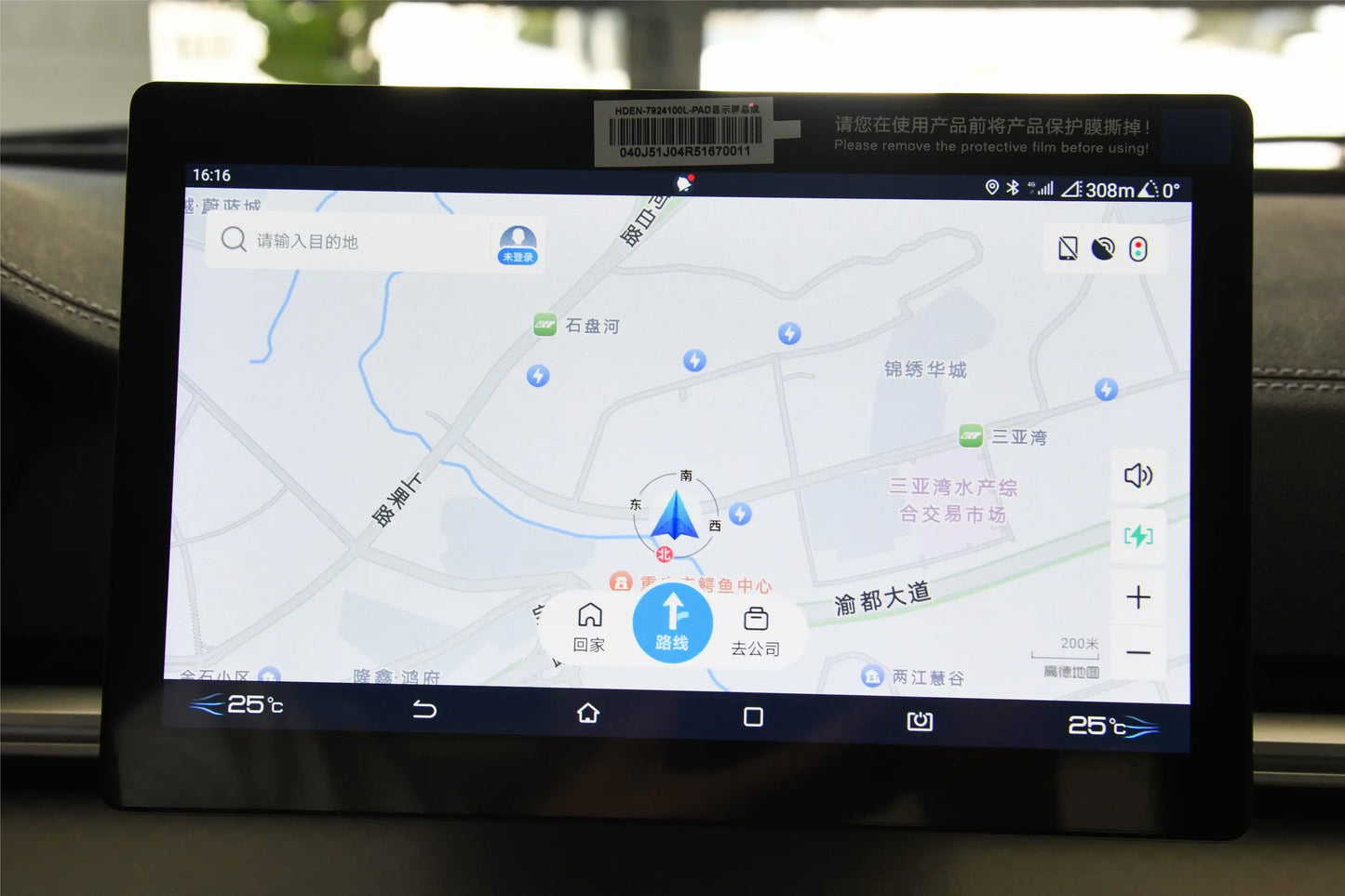
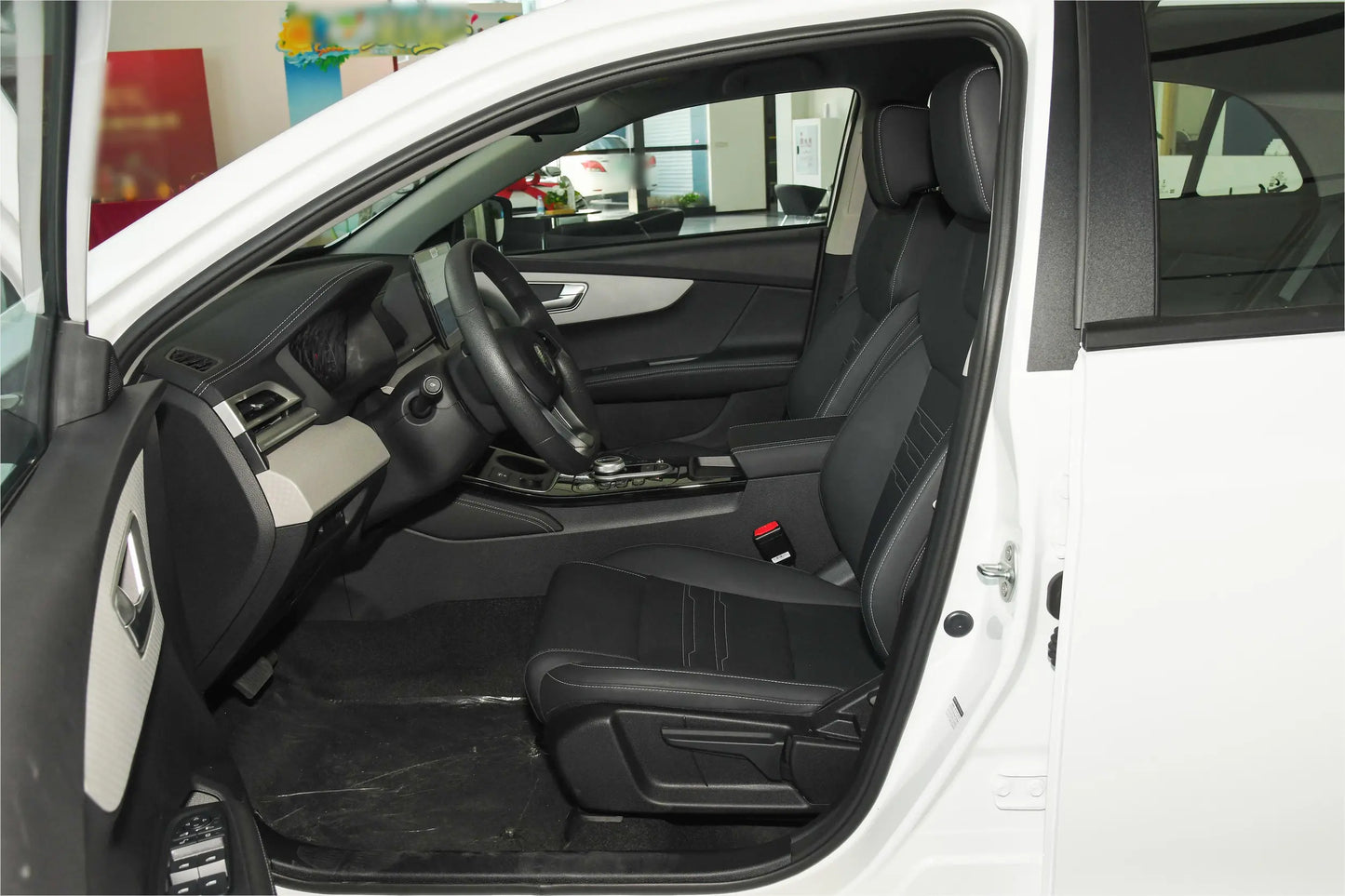
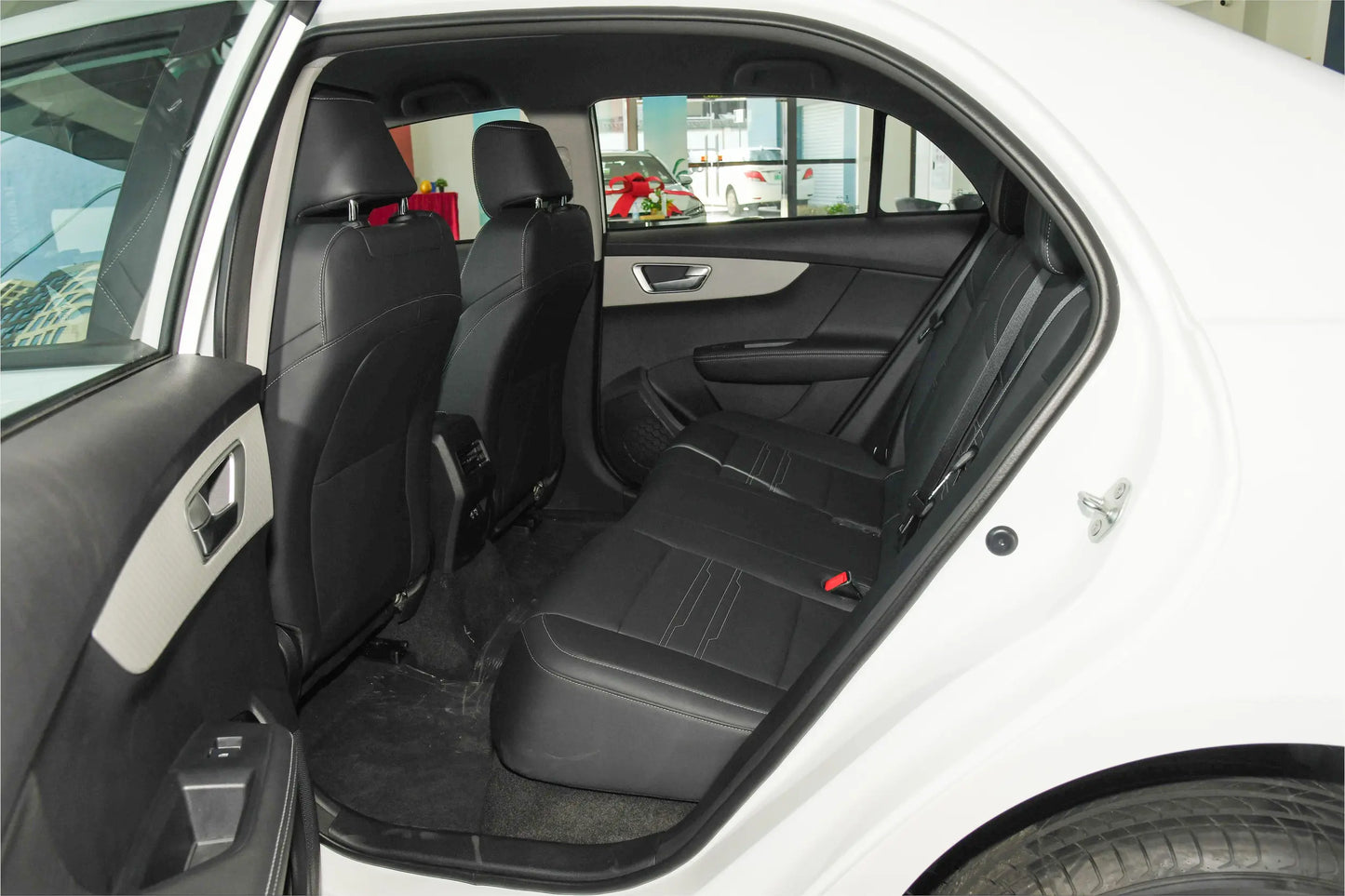
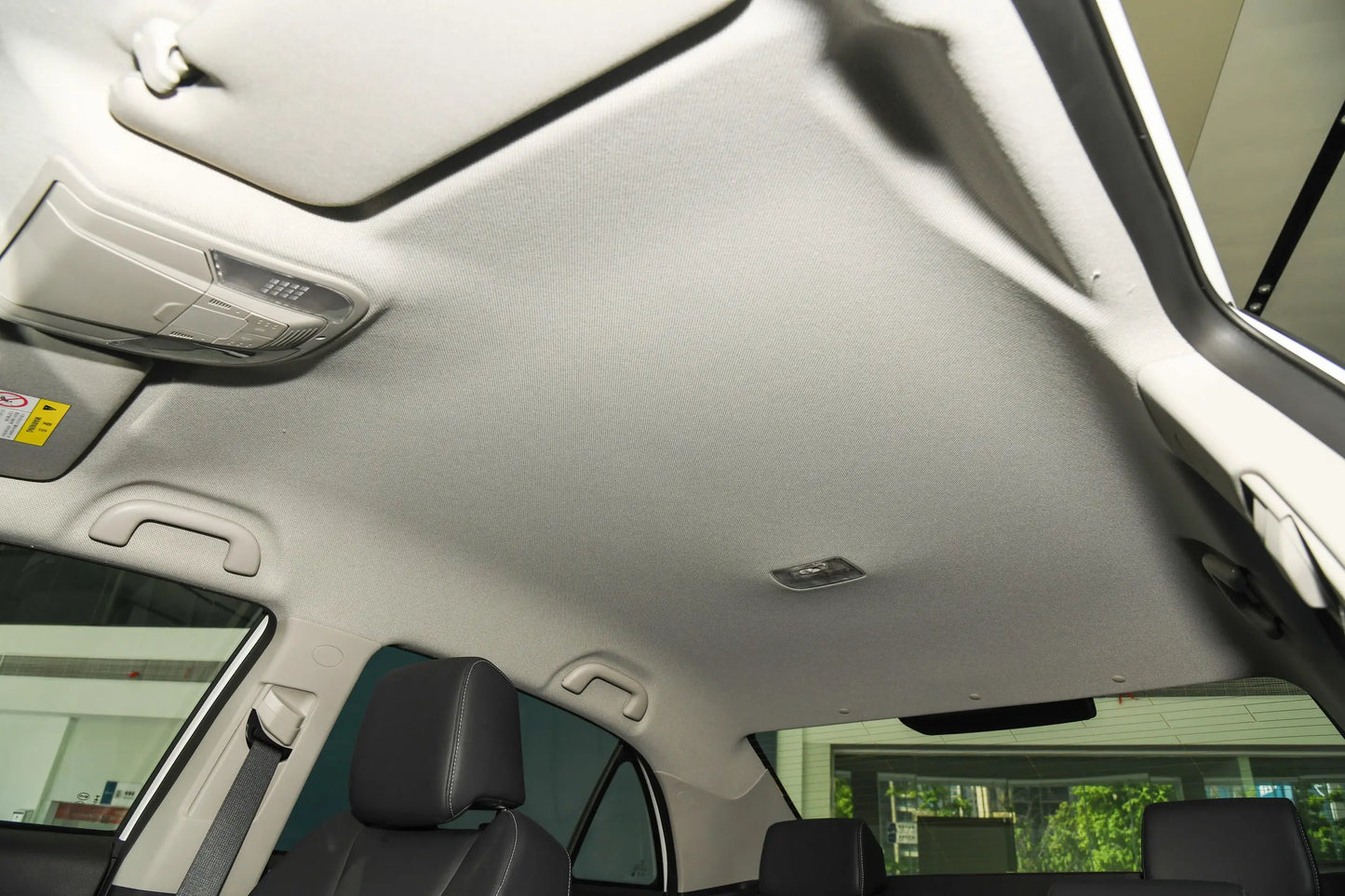
$24,963.00 USD
-
BrandBYD
-
Vechile ClassSedan
-
Energy TypeBattery EV
-
Pure Electric Range(KM)450
-
Curb Weight (kg)1531
-
Battery Typelithium iron phosphate battery
-
Total Power of Motor (KW)100
-
Maximum Power(KW)100
-
Total Torque of Motor(N・m)180
-
Maximum Torque(N・m)200
-
Length x Width x Height(mm)4675x1770x1500
-
Official 0-100km/h Acceleration Time(s)3.8
-
Power Consumption(kWh/100km)13.4
-
Equivalent Fuel Consumption (Electricity)(L/100km)1764
-
Battery Capacity52.8 (kWh)
-
MaximumSpeed(km/h)/
-
Motor Layoutfront mounted motor
-
Transmissionsingle-speed transmission
-
IDev2509115
Panoramic Interiors
Video Manual
Authentic on-site shots for an immersive vehicle detail experience
Real Customer Reviews
Source: DCAR
Review A
It's cost-effective, and the cruising range is stably delivered. It's a king for ride-hailing services. The appearance is just so-so. The interior space is average but sufficient for use. The trunk space is large, and it can easily hold four big suitcases.
Review B
Exterior Design: The 2020 BYD Qin EV High-Range Premium Edition also adopts BYD's Dragon Face family design language. Although this design element is also applied to the Qin Pro, in terms of visual effect, the new Qin EV is less aggressive and more sedate. The large-sized hexagonal front grille not only features a fully enclosed design to reduce air resistance but also has multiple horizontal chrome strips inside to stretch the horizontal visual effect of the front end. The full-LED headlights connected to the front grille have an upturned corner design, and their slender shape looks very sharp. The waistline on the side of the car slopes from front to back, adding a sense of dynamism to the body. In terms of body dimensions, the new Qin EV measures 4675/1770/1500mm in length, width, and height respectively, with a wheelbase of 2670mm.
Interior Design: The 2020 BYD Qin EV High-Range Premium Edition inherits BYD's previous interior design concept. The wraparound cockpit design is simple and grand. As a pure electric vehicle, it is equipped with a crystal instrument panel and a 10.1-inch central control screen that supports rotation. Meanwhile, the new Qin EV is also equipped with the DiLink 2.0 intelligent connected system, which enables functions such as intelligent voice control, remote driving, and OTA remote upgrade. The three-spoke flat-bottom multi-functional steering wheel has a sporty shape and is wrapped in leather. It has a proper thickness and offers a good grip. However, the steering wheel only supports up-and-down adjustment.
Except for the area around the gear lever, there isn't a single physical button on the simple central console. Most functions such as air conditioning temperature adjustment, vehicle settings, and vehicle information are integrated into the 10.1-inch adaptive rotating floating central screen. Moreover, you can also perform OTA upgrades on the entire vehicle through this screen, which can not only update the in-vehicle software applications and multimedia system but also upgrade the software of all systems related to vehicle driving, such as the power system, braking system, and battery management system.
Power: The 2020 BYD Qin EV High-Range Premium Edition is powered by a permanent magnet synchronous motor with a maximum power of 100kW (about 136 horsepower) and a maximum torque of 180N¡¤m, with a maximum speed of 12100rpm. Since the new Qin EV uses a ternary lithium battery with a higher energy density and is equipped with an excellent IGBT 4.0 power module electronic control system, its 53.1kWh battery pack can achieve an NEDC comprehensive range of 421km.
Charging Issue: Actually, this is one of the important reasons why many consumers don't consider new energy vehicles. However, with the development of technology, the charging efficiency has become higher and higher. In addition to slow charging via a home charging pile, the new Qin EV also supports charging at a public 50kW DC fast charging pile. It only takes 1.5 hours to fully charge the battery, and the battery can be charged from 30% to 80% in 30 minutes.
If you can install a charging pile at home or there are fast charging piles along your regular routes, it will be very convenient for daily use. Based on the official energy consumption of 12.9kWh per 100 kilometers, the electricity cost for 100 kilometers is as low as only 6 - 7 yuan.
Under high-speed conditions, the weaknesses of the electric motor become apparent. Not only is the power consumption higher, but the power reserve also seems a bit insufficient. In daily city driving at speeds below 80km/h, the power is basically available on demand, and acceleration for overtaking is relatively brisk. However, when the speed exceeds 100km/h, the acceleration ability becomes significantly weaker, and you need to press the "accelerator" deeper to complete the overtaking action.
Review C
Let me reiterate about the 360-degree panoramic imaging. Whether you're passing another vehicle on a narrow road, backing into a parking space, or making a turn, the 360-degree panoramic view automatically activates, which is extremely convenient. It's very user-friendly for new drivers and female drivers!











